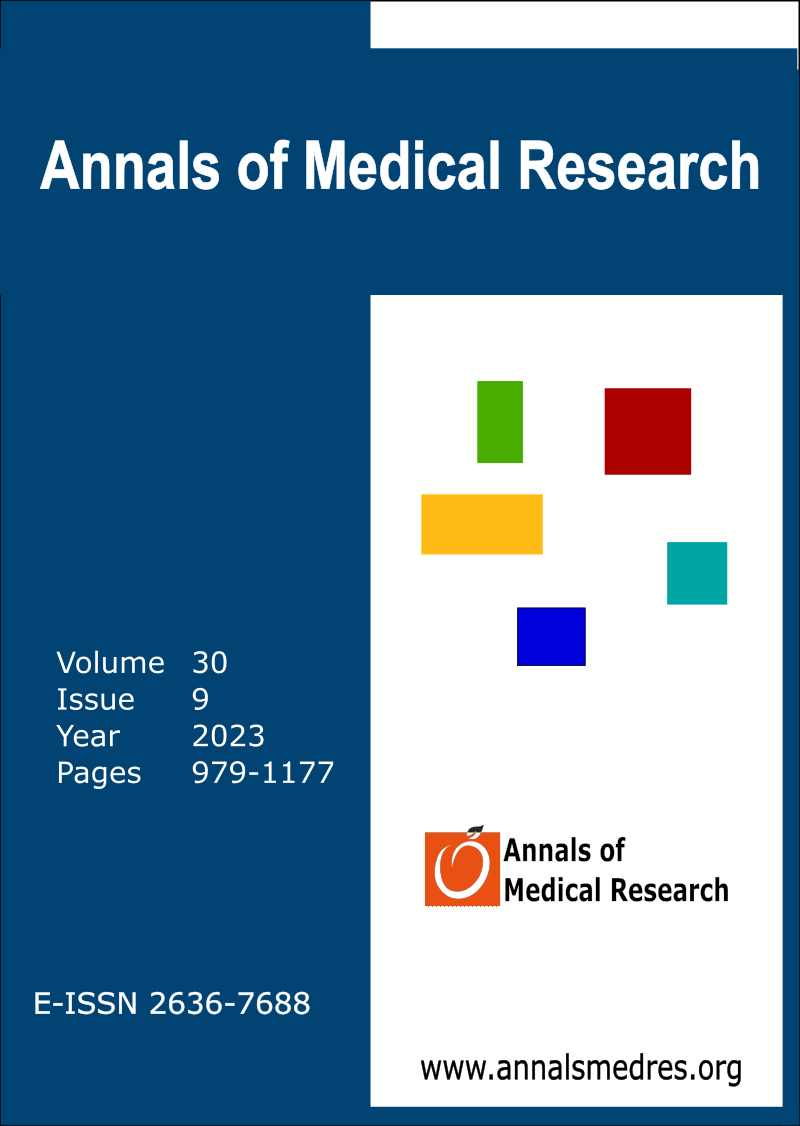Early results of direct true lumen cannulation (Samurai technique) in aortic dissection surgery
Keywords:
Aortic dissection, Direct true lumen cannulation, Clinical outcomesAbstract
Aim: The aim of this study was to evaluate and compare the clinical outcomes of Direct True Lumen Cannulation (Samurai Technique), axillary artery cannulation and femoral artery cannulation techniques used in aortic dissection surgery.
Materials and Methods: The data of 124 patients who underwent surgical treatment for acute aortic dissection between February 2018 and December 2022 were analyzed rectospectively. Patients were divided into Group 1 (samurai technique cannulation group) and Group 2 (axillary and femoral cannulation group).
Results: When the results were analyzed, preoperative personal and clinical characteristics were found to be similar between the groups. In the inoperative period, the time from skin incision to CPB, hypothermic circulatory arrest time, and time for cooling were shorter in group 1. While there were no cannulation-related complications in group 1, axillary artery dissection developed in two patients in group 2. No significant difference was observed between the groups in postoperative results.
Conclusion: Although there were similar results in the groups in the preoperative and postoperative periods, the more positive results in the surgery show that cannulation with the samurai technique is a preferable method.
Downloads
Published
Issue
Section
License
Copyright (c) 2023 The author(s)

This work is licensed under a Creative Commons Attribution-NonCommercial-NoDerivatives 4.0 International License.
CC Attribution-NonCommercial-NoDerivatives 4.0






